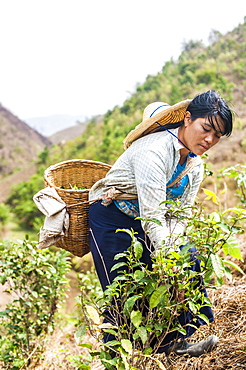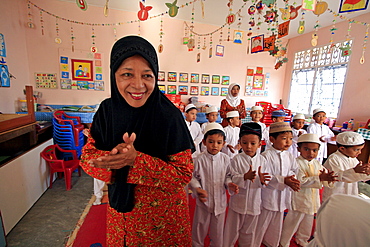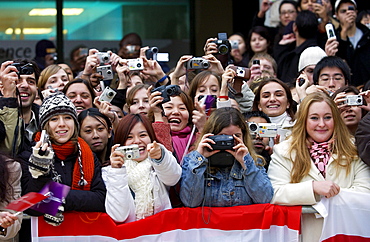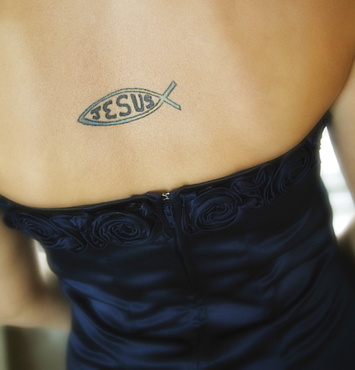Results
2 results found

Collecting tea leaves, only the young tea leaves are picked to be dried, Shan State, Myanmar (Burma), Asia

Indonesia a kindergarten in banda aceh which lost many of children to tsunami, been rebuilt. schools director halimah anwar bustam (seen here in foreground) describes horrors suffered: area kids came from completely flattened by waves. On that fateful sunday children were in their homes, or many were already on beach having. So many died that morning. It devastating. Only we getting things back together, very grateful to helping with reconstruction of damaged building. staff give up a portion of their (already) salaries to sponsor poor children from outlying villages to come to school. structure includes offices staff, a library, prayer room wheelchair accessible classroom.__ Photograph taken in banda aceh, -december 2006, 2 years after tsunami of december 26th 2004 devasted much of coastal region. Taken to illustrate reconstruction work projects of (catholic relief services) of sponsored photo tour

Mexican aztec dress gods at Grand Palladium White Sand Resort and Spa in Riviera Maya, Yucatan Peninsula, Quintana Roo, Caribbean Coast, Mexico.
Aztec clothing was generally loose fitting and did not completely cover the body. When the Spanish arrived in Mexico, the people were surprised to see them in their full armour, with only their faces exposed.
Aztec clothes were generally made of cotton (which was imported) or ayate fiber, made from the Maguey Cactus (also called the Century Plant or American Aloe). Women would weave the fibers into clothing, a task girls were taught as young teenagers. Because of their vast trading network, the Aztecs were able to make use of a beautiful array of dyes, creating the brilliant

Mexican aztec dress gods at Grand Palladium White Sand Resort and Spa in Riviera Maya, Yucatan Peninsula, Quintana Roo, Caribbean Coast, Mexico.
Aztec clothing was generally loose fitting and did not completely cover the body. When the Spanish arrived in Mexico, the people were surprised to see them in their full armour, with only their faces exposed.
Aztec clothes were generally made of cotton (which was imported) or ayate fiber, made from the Maguey Cactus (also called the Century Plant or American Aloe). Women would weave the fibers into clothing, a task girls were taught as young teenagers. Because of their vast trading network, the Aztecs were able to make use of a beautiful array of dyes, creating the brilliant






